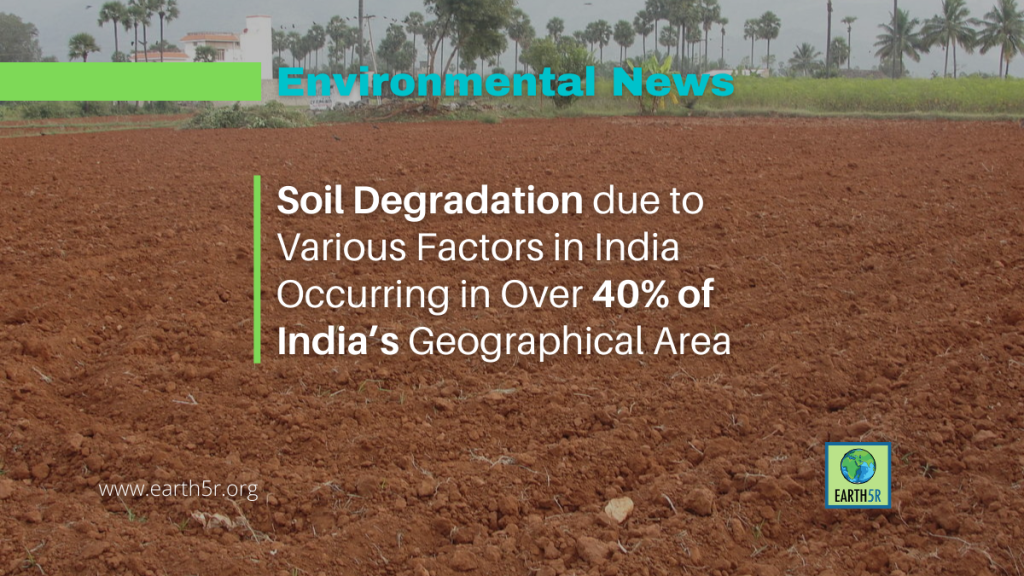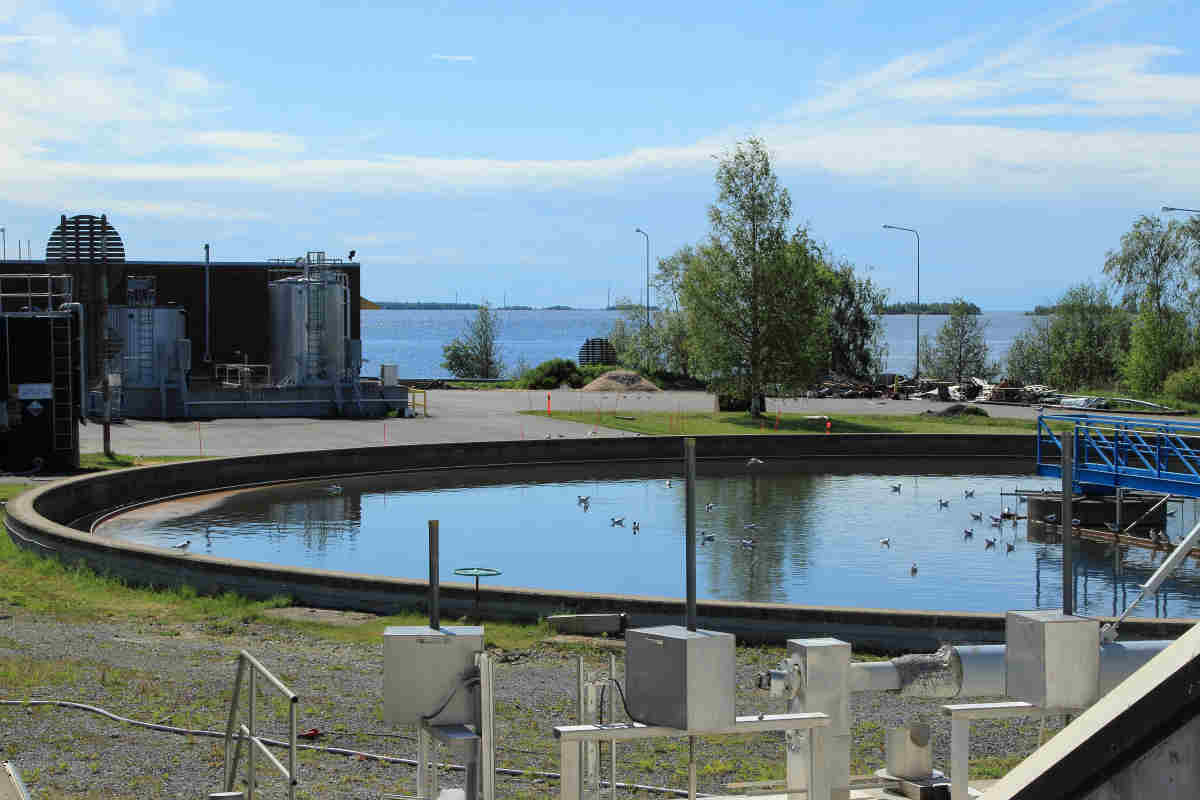
Soil Degradation Due To Various Factors In India Occurring In Over 40% Of India’s Geographical Area
Environmental News from India:
- Soil degradation due to various factors in India was occurring in over 40% of India’s geographical area, according to a 2015 study.
- A lack of baseline data on soil carbon and soil biology is a hurdle while planning and implementing soil conservation.
- Another key issue is the impractical timeframe of the programmes. Success of soil conservation in India requires a holistic approach that accounts for the socio-ecological context of the ecosystem, write the authors of this commentary.
- The views in this commentary are that of the authors.
A movement to Save Soil in India is gaining traction not just in the media but also with political leaders, celebrities, and citizens alike who have proactively come forward in its support. Given that soil is crucial to our lives and livelihoods, such an awakening is definitely necessary.
Backed by the UN Decade of Ecosystem Restoration (2021-2030) and an increased global discourse on conserving and restoring ecosystems, especially soil, there’s an exceptional enabling environment that’s driving this momentum. However, soil conservation is neither a new idea nor is it a recent development intervention in India. Since the 1920s, at least 30 different programmes and schemes have been implemented by the government of India on soil conservation related interventions. Despite such programmes and an assortment of global movements, the progress on soil conservation in India has been inadequate and disparate. In 2015, it was reported that soil degradation due to water erosion, acidification, flooding, wind erosion, salinity, and a combination of other factors in India was occurring on over 40% of India’s geographical area.
To read top environmental news from India, please visit https://earth5r.org
Source: Mongabay



